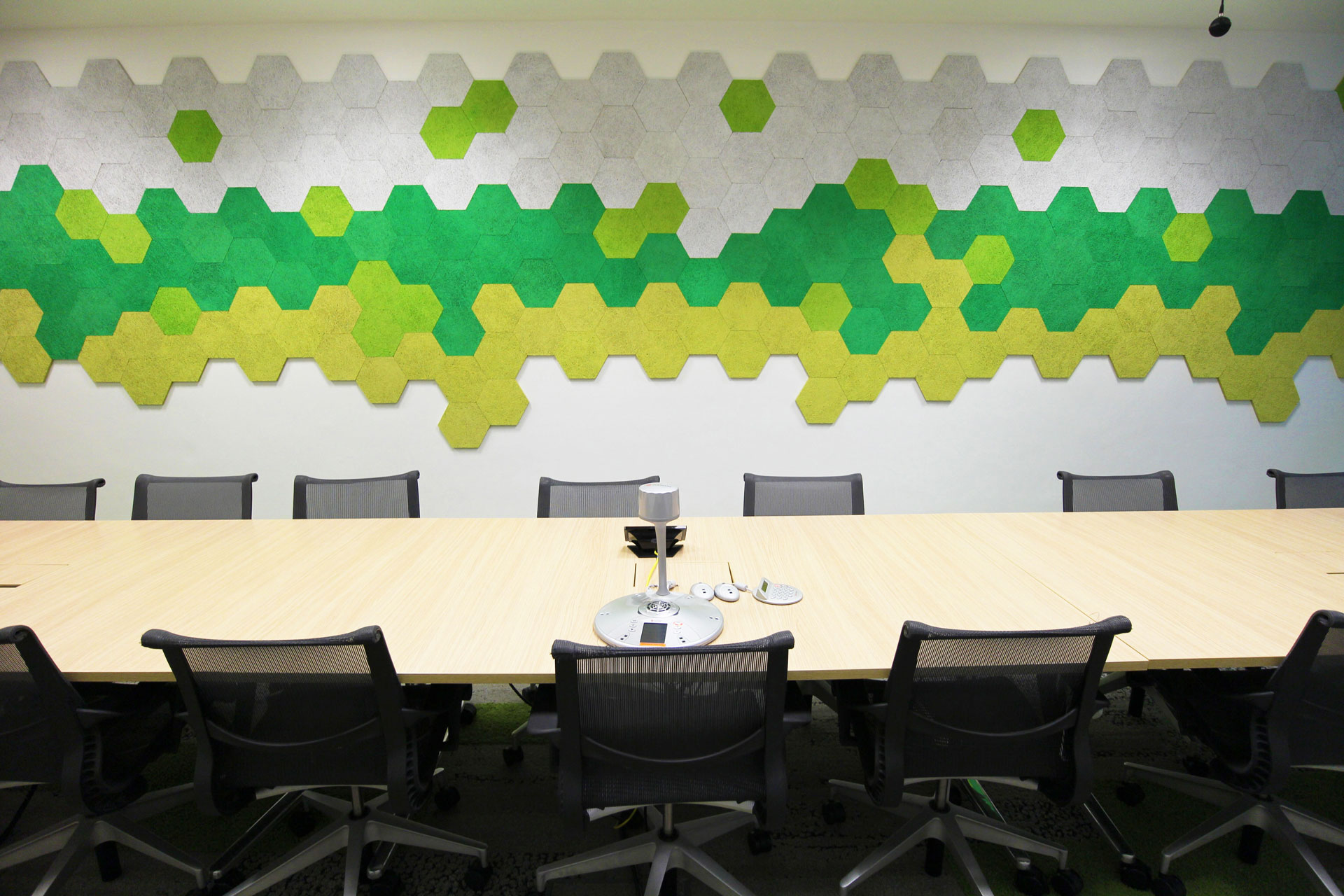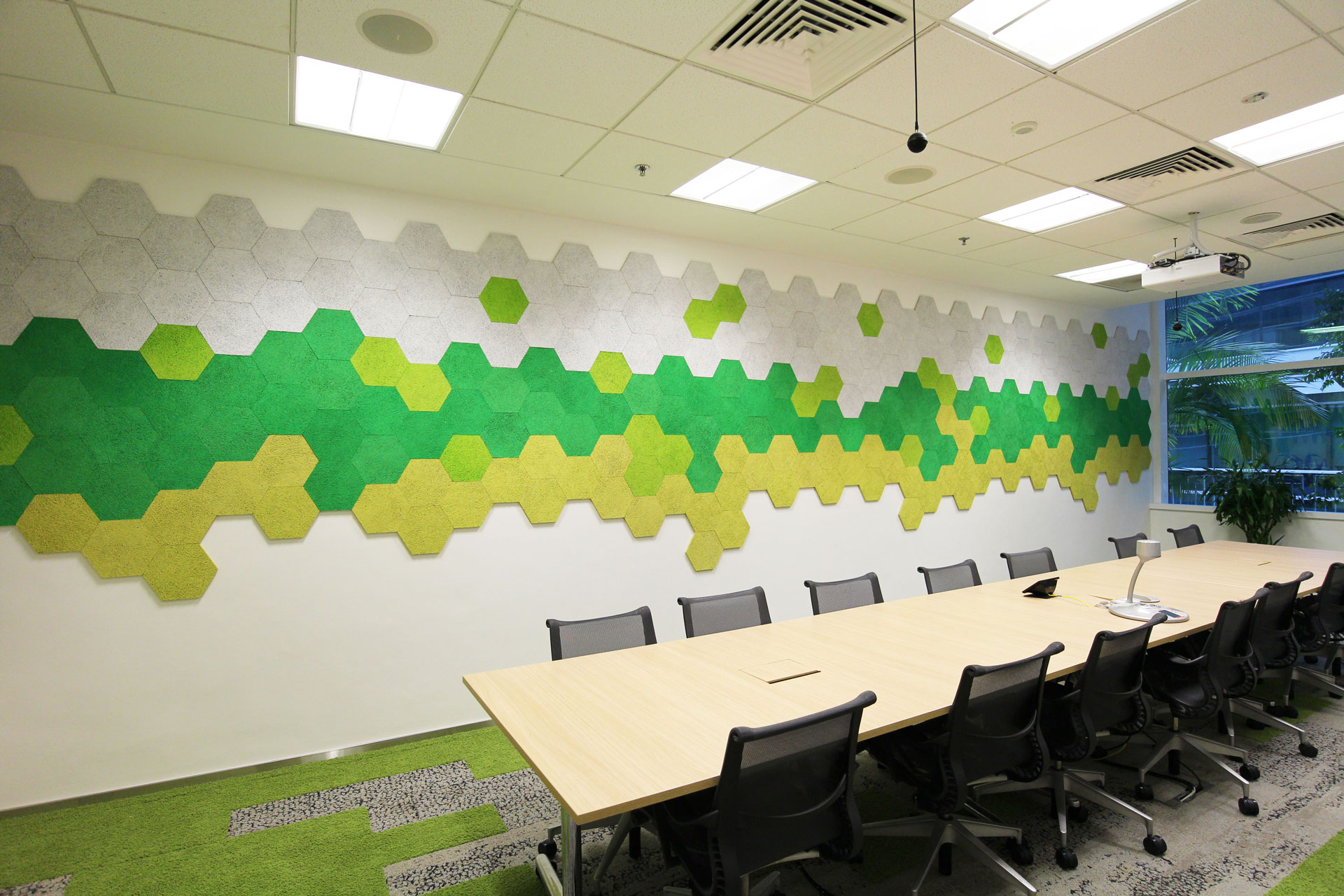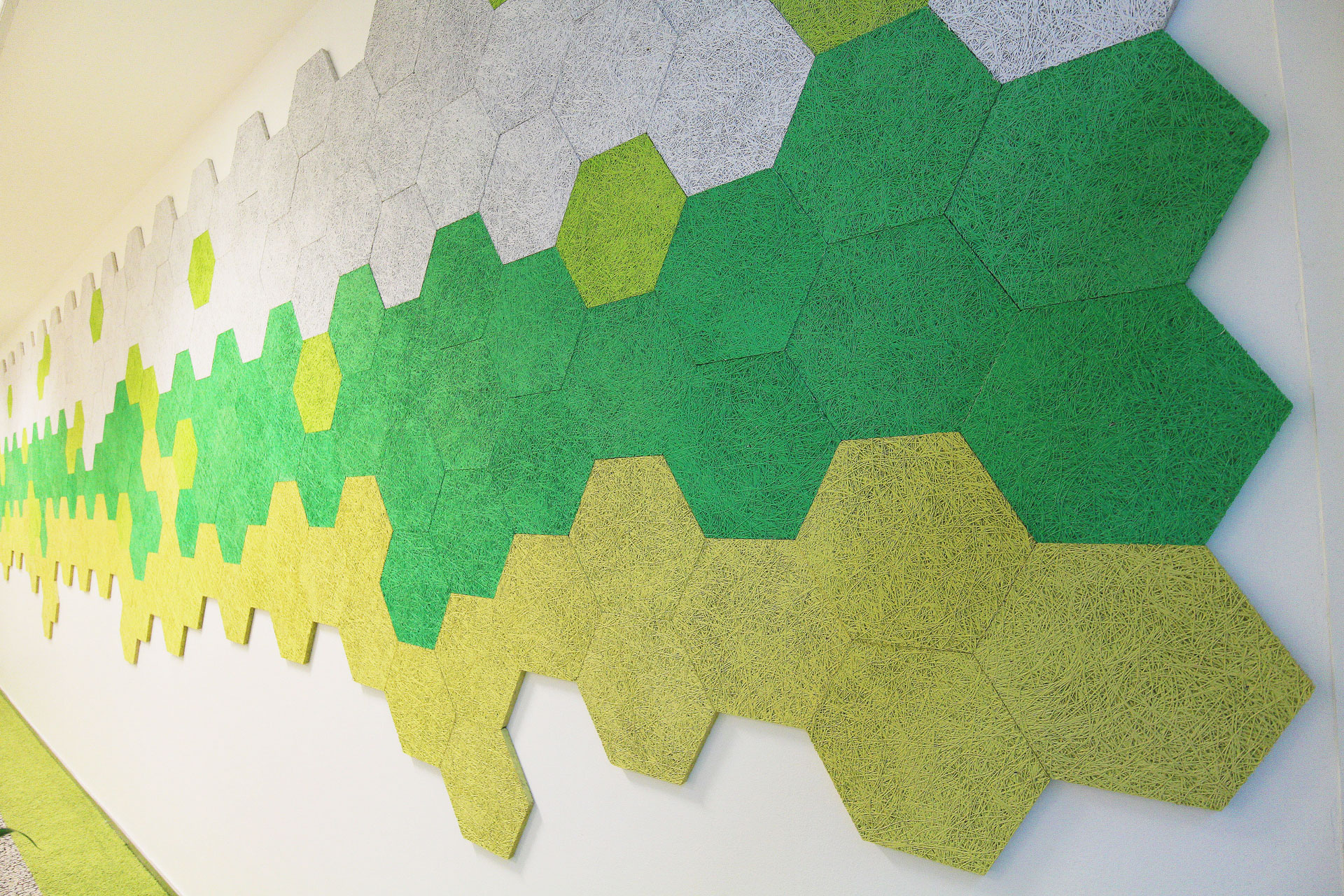From Raw Data to Red List Free: AI in Sustainable Material Certification

Transforming Material Data into Sustainable Certifications
As sustainable building standards grow more rigorous, the path from product development to verified certification is becoming increasingly complex. Today, designers, manufacturers, and auditors rely on digital tools—not just documentation—to validate product transparency. Artificial Intelligence (AI) is emerging as a vital bridge in this landscape, transforming raw ingredient data into verified Red List Free declarations and automating pathways toward compliance with LEED, WELL, and other global benchmarks.

Turning Ingredient Data into Actionable Certification Insights
The Challenge of Material Ingredient Mapping
Tracking every component in a product down to 1000 ppm is a painstaking task. Manufacturers often source raw materials from multiple suppliers, each with their own disclosure formats. This creates data gaps and slows down the process of achieving transparency labels like Declare or Health Product Declarations (HPDs). AI systems trained on common chemical inputs can now analyze supplier MSDS files, flag missing information, and even recommend lower-toxicity substitutions—accelerating the path to compliance.
AI-Assisted Screening for Red List Chemicals
The Living Building Challenge’s Red List identifies over 800 chemicals to avoid. AI tools trained on this list can quickly scan ingredient declarations, cross-reference chemical synonyms, and detect prohibited content that might be overlooked during manual reviews. This rapid analysis not only improves product safety but reduces the time and cost required to achieve Red List Free status—especially for complex multi-layered materials.

Automating Transparency Reporting Across Frameworks
Dynamic Generation of HPDs and EPDs
AI platforms can now auto-generate documentation such as HPDs and Environmental Product Declarations (EPDs) by extracting values from internal databases and third-party test reports. This reduces human error and ensures consistency across formats. As more specifiers require downloadable documentation for submission, these intelligent systems make it easier for manufacturers to maintain up-to-date and aligned compliance files.
Submission-Ready Documentation for LEED and WELL
For teams preparing LEED v4.1 or WELL v2 submissions, AI can align product specs with credit requirements in real time. For example, it can flag whether a product meets thresholds for Material Ingredient Reporting, VOC content, or Life-Cycle Impact Reduction. This level of automation supports cleaner documentation trails, shortens response times during audit reviews, and streamlines workflows for architects and contractors alike.

AI Integration in Material Health Platforms
Learning from Industry-Wide Databases
AI models are becoming increasingly accurate thanks to access to databases like Pharos, ChemSec, and the ILFI’s own Declare archive. These systems learn from thousands of historical records and become better at identifying problematic formulations, predicting Red List status, and guiding R&D teams in material selection. This intelligence drives innovation, not just compliance.
Predictive Modelling for Safer Alternatives
When a component is flagged as Red List–noncompliant, AI doesn’t stop at detection—it offers alternative pathways. By analyzing databases of previously certified materials and their chemical compositions, it suggests compliant substitutes with similar performance profiles. This not only supports product redesign but encourages safer manufacturing practices industry-wide.
Building Trust Through Digital Traceability
Linking Certification to Digital Twins and QR Codes
With BIM and QR-integrated systems, each product can be linked to its own material health record. AI ensures that these profiles are kept up to date with the latest certifications, emissions testing, and regulatory changes. On-site teams, facility managers, or auditors can scan a product in the field and view real-time compliance status—building trust across the supply chain.
Cross-Platform Verification for Global Markets
AI can also verify that a single product meets multiple regional standards—such as LEED, WELL, Singapore’s SGBP, and Australia’s Green Star—by comparing ingredient and emissions data against each framework’s requirements. This cross-platform intelligence is essential for manufacturers serving international markets and ensures that sustainability goals are met at both the local and global scale.

The Future of Compliance is Predictive
AI is no longer just a backend tool—it’s reshaping how sustainable materials are conceived, documented, and certified. With intelligent systems mapping ingredient data to compliance standards in real time, the industry moves closer to a future where Red List Free, low-VOC, and EPD-verified materials are the norm—not the exception.
By embedding AI into certification processes, project teams gain speed, accuracy, and transparency—enabling smarter decisions at every stage of the design-build lifecycle. The result is more than compliance—it’s a foundation for healthier, safer, and more accountable environments.
References
- International Living Future Institute. (2023). Red List & Declare Program.
- Health Product Declaration Collaborative. (2023). HPD Open Standard v2.3.
- U.S. Green Building Council. (2023). LEED v4.1 Building Design and Construction.
- International WELL Building Institute. (2023). WELL v2 Standard.
- ChemSec. (2023). Substitute It Now (SIN) List.
- BuildingGreen. (2023). How AI is Streamlining Material Health Disclosures.
- Autodesk Knowledge Network. (2023). BIM and Product Compliance Integration.
- Singapore Green Building Council. (2023). SGBP Product Certification Criteria.
- Pharos Project. (2023). Chemical and Material Library.
- Material ConneXion. (2023). Smart Tools for Sustainable Product Development.
Share